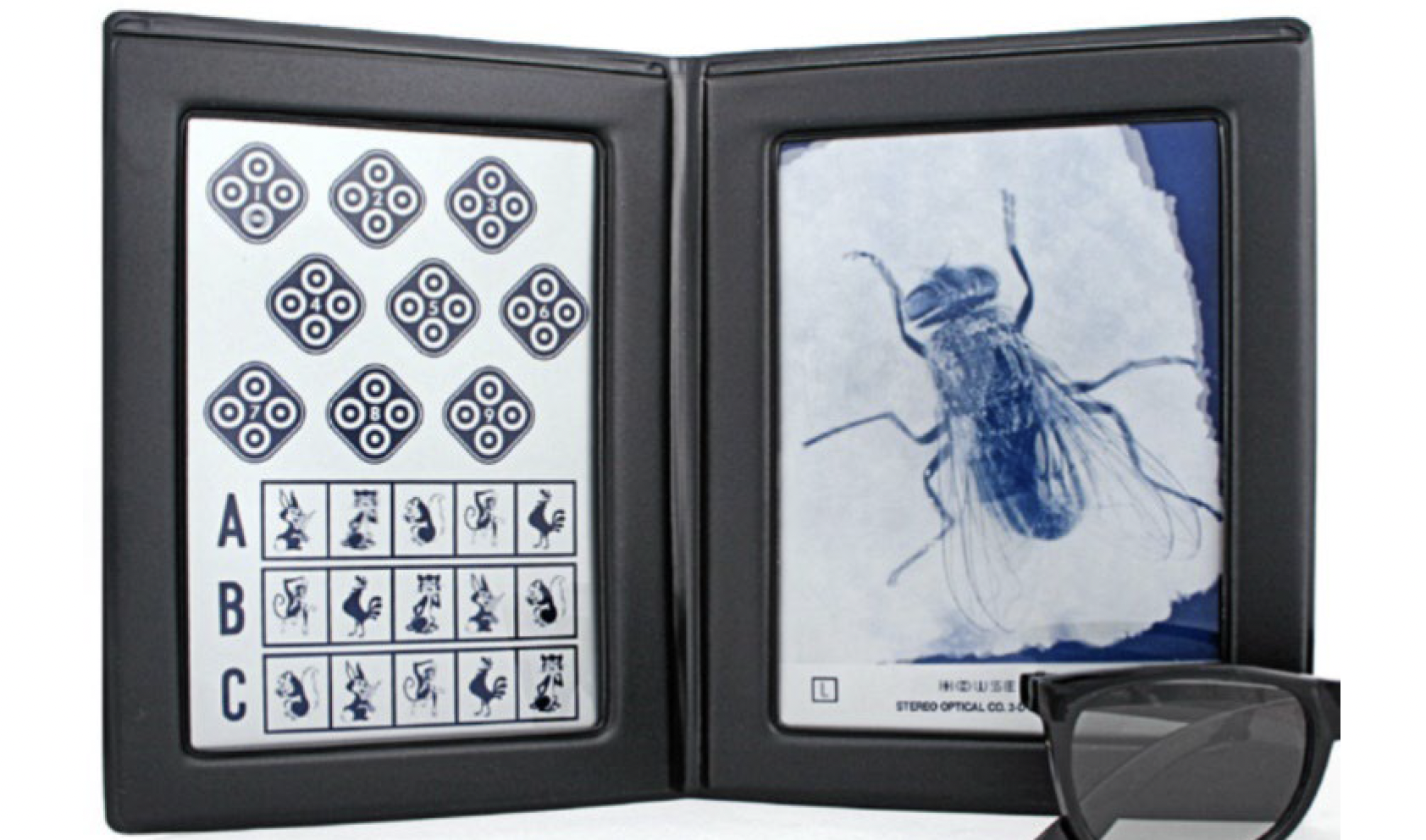
Estimates of stereo-blindness, the inability to see in 3D using stereopsis, often sit in the 5-10% range. At the Curtin University HIVE visualization facility, we regularly show stereoscopic content. During those demonstrations we invariably show a test random dot stereogram and it’s been our casual observation that the incidence of stereo-blindness amongst visits has been much lower than the 5-10% figure, perhaps as low as 2%. Our thought was that perhaps eye care has improved since the time that the original stereo-blindness studies were performed. A VR based user study was recently run in the HIVE, as part of a PhD project, with an aim to study distance perception in underwater virtual heritage experiences. Distance perception is facilitated by a range of visual cues, including stereoscopic vision, and as a result we screened participants for stereo-blindness. Using a standardized stereo test, we found approximately 5% of participants reported as stereo blind. This presentation will provide some background on stereo-blindness, and discuss issues related to measuring stereo-blindness and its likely prevalence in the general population. It will also provide an early look at the VR based user study investigating distance perception in underwater virtual heritage experiences.
Michael Wiebrands, Andrew J. Woods, Hugh Riddell, "Incidence of stereo blindness in a recent VR distance perception user study" in Electronic Imaging, 2023, pp 225-1 - 225-5, https://doi.org/10.2352/EI.2023.35.2.SDA-225
 Find this author on Google Scholar
Find this author on Google Scholar Find this author on PubMed
Find this author on PubMed